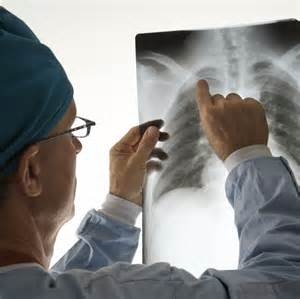Cases of black lung disease existed well before its official ‘re-emergence’ late last year, workers compensation records have revealed.
The potentially life-threatening disease — also known as coal workers’ pneumoconiosis — was thought to have been eliminated in Australia until a case was confirmed in May 2015.
But Queensland workers compensation data, obtained by 7.30 under Right to Information laws, reveal four claims for the disease between 2007 and 2012.
One of those claims was accepted and another is still pending.
Labor backbencher Jo-Ann Miller told 7.30 it was further evidence of the need for a royal commission.
“We need to know why that’s occurred, we need to know who’s responsible for it and why they have hidden it,” she said.
Another data search by Safe Work Australia from 2000 to 2014 revealed two workers compensation claims for black lung in New South Wales and one claim in Western Australia.
There is also evidence of black lung cases in Queensland hospital records.
A Queensland Health audit of public health records carried out this year found four probable and seven possible cases of black lung between 1995 and 2015.
Black lung disease is caused by regular exposure to high levels of coal dust, and underground coal miners are particularly vulnerable.
The disease has a long latency period and it can take many years for symptoms to appear.
The Queensland Resource Council said it believed the one successful workers compensation claim for black lung, in 2007, involved a mine that has since shut down and a company that is no longer operating.
The council’s Michael Roche said the industry was fundamentally let down by a failure of the health scheme to identify black lung in workers’ x-rays.
He argued it is the role of government to collect and centralise information from hospital and workers compensation records.
“That’s something that, yes, should have been done years ago, should have been led by government, is now being led by government,” he said.
Last month, Queensland Mines Minister Anthony Lynham announced tougher coal dust controls and better health screenings.
But both the minister and industry have rejected calls for a royal commission.
“We need to be action oriented,” Mr Roche said.
“We don’t want to get bogged down to the response to the re-emergence of coal workers pneumoconiosis by a finger-pointing, blame-game exercise which is really what a royal commission would be about.”
